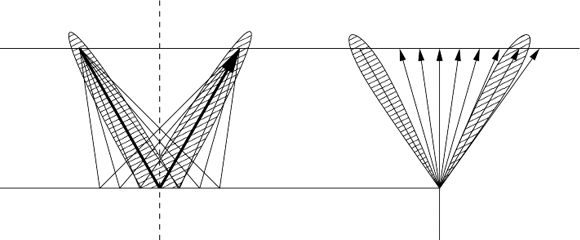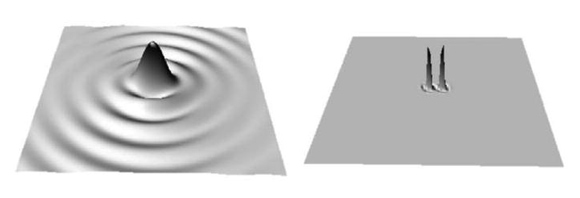Authors: Popovici A. M. , Moser T. J. and Sturzu I.
American Oil & Gas Reporter, January 2014.
HOUSTON–In 2000, shale gas represented only 1 percent of U.S. natural gas supplies. Today, it is 30 percent and that percentage keeps increasing. The technology to drill and fracture shale formations
is being exported to the rest of the world, increasing national oil and gas reserves in many other countries.
The thickness of shale formations is often only a few hundred feet, so new, high-resolution echnologies are needed to visualize the structure and the natural fracture distribution and orientation in these thin shale layers. High-resolution imaging of small-scale fractures in shale reservoirs has the potential to improve production and recovery efficiency, reduce field development costs, and decrease the environmental impact of developing the field by using fewer wells to optimally produce the reservoir.
Diffraction imaging (DI) is a novel technology that uses diffractions to image with super-resolution small subsurface elements that produce diffractions such as small-scale faults and fractures. Since diffractors are, by definition, smaller than the wavelength of seismic waves, diffraction imaging provides super-resolution information, which consists of image details that are beyond the classical Rayleigh limit (the minimum resolvable detail) of half a seismic wavelength.

FIGURE 1A. Specular Reflection and Diffraction Imaging Comparison

FIGURE 1B. Resolution of Kirchhoff Migration (left) versus Diffraction Imaging (right)
Diffraction imaging can be used to complement the structural images produced by conventional processing by generating an additional image volume of high-resolution unconformities. By identifying the areas with increased natural fracture density, reservoir engineers can design an optimal well placement program that targets the sweet spots and areas with increased production, while minimizing the total number of wells used for a prospective area. Continue Reading →
